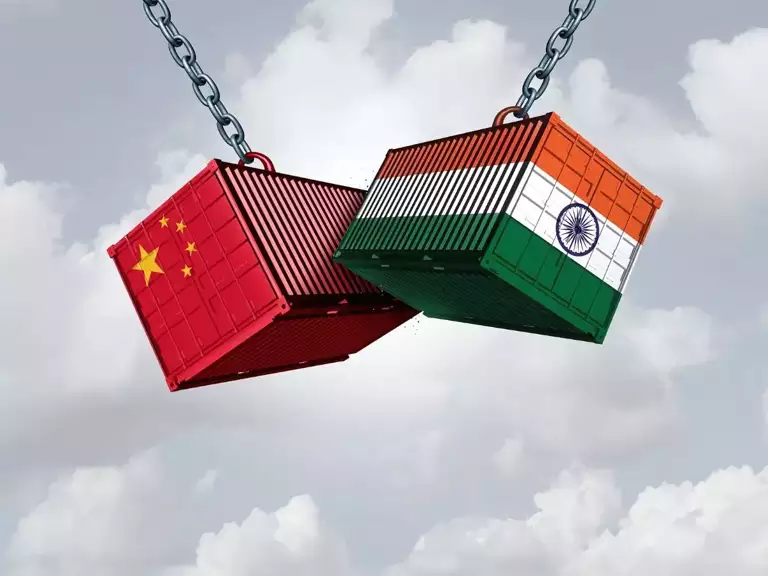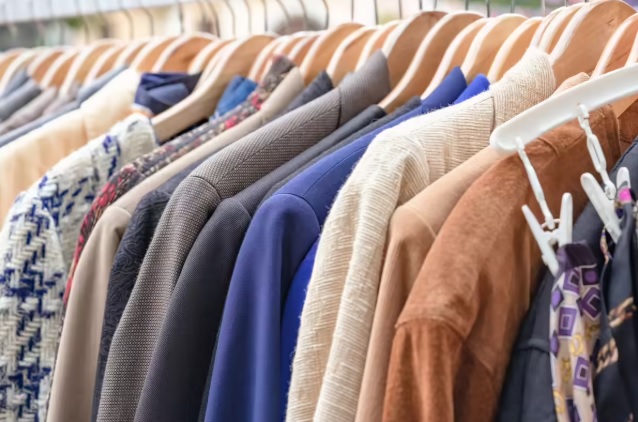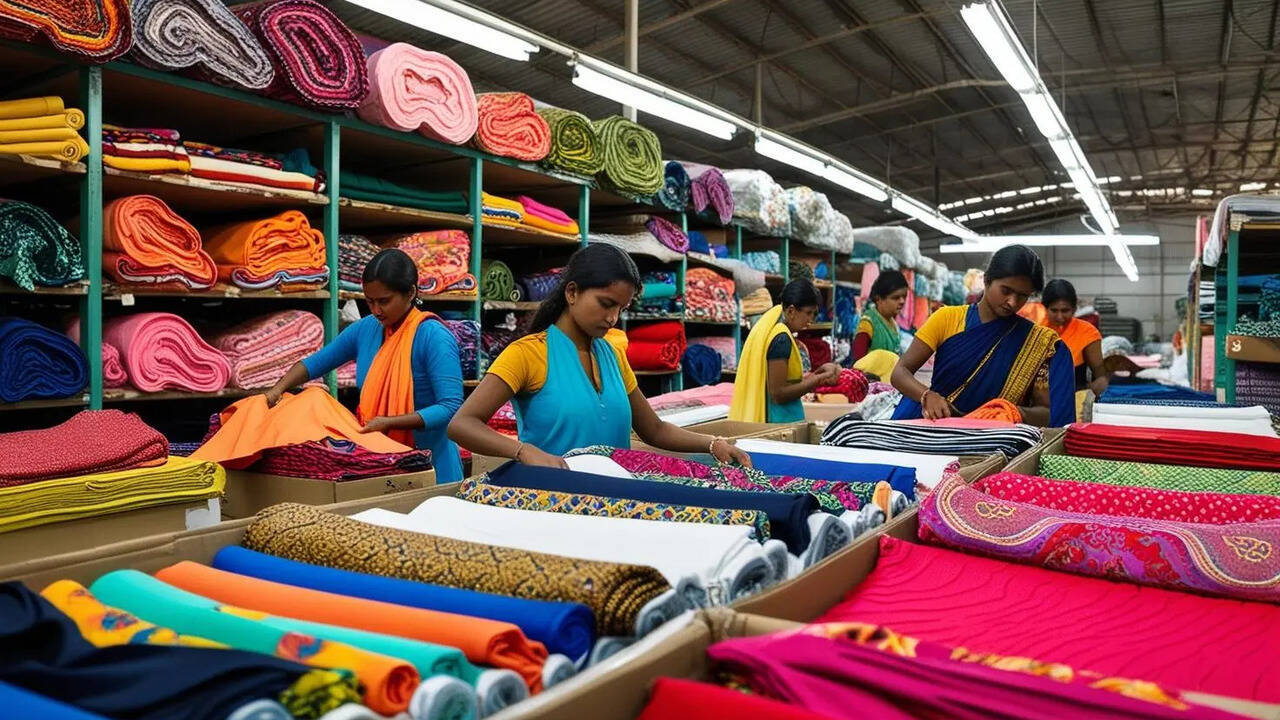FW
For its next edition to be held at the Javits Convention Center in New York City, Texworld USA has announced a new seminar series line-up for Winter 2016. Once again developed and organised by Lenzing Innovation and featuring 11 complimentary educational sessions led by over 25 industry experts, the series promises to be the most comprehensive educational series.
Kicking off on Sunday, January 24, 2016 and continuing with daily scheduled sessions through January 26, 2016, the Texworld USA seminar series will take a comprehensive look at several areas of importance to the textile, apparel and sourcing industries. Key topics include: social media strategies and tips, sustainability and design, fibre innovation, the future of trade and TPP, Spring 2017 colour trends, and more.
“As always, Lenzing Innovation has done an incredible job of curating a top-notch line-up of panellists and topics for the Texworld USA seminar series. With each edition, we are striving to offer attendees a valuable educational experience in addition to a space to do business and connect with resources,” said Dennis Smith, President, Messe Frankfurt North America.
January 2016 seminar series highlights include: “Contact” - Texworld Trend Forecasting: SS/2017, ‘Driving Social Media to Market Your Line’, ‘The Latest on Standards and Sustainability’, ‘Innovation in Today’s Fibre Landscape’ and ‘Sourcing and Trade for Today and Tomorrow’.
www.texworld.messefrankfurt.com
If the China’s currency Yuan continues to witness a downfall then industry experts are of the opinion that since China and India share common export markets such as the US and EU, Indian exports may be hit. Till December 2015, India’s apparel exports have witnessed a growth rate of 7-8 per cent against the anticipated 13-15 per cent.
Much of the fall in exports growth rate is being attributed to decline in Indian apparel exports to markets like China, Europe and the US due to overall economic slowdown. Now further downfall of Chinese yuan is expected to put a burden on Indian exports since the former would be able to offer products at a lower cost. Of the total $40 billion worth textiles and clothing (T&C) exports from India, apparel exports are worth $16 billion, while yarn, fabric and made-ups put together amount to $21 billion.
Over the last decade, India’s share in global apparel exports has remained modest at 3 to 4 per cent, according to ICRA report, despite being one of the world’s largest cotton producer and manufacturer of man-made fibres with world’s second largest spinning and weaving capacity.
www.icra.in
From January 16 to 18, 2016, 963 exhibitors will be presenting the retail trade with the latest trends and lifestyle products for the coming season. In its 2015 study 'Stadt, Land, Handel 2020' (Town, Country and the Retail Trade in 2020), The Institute for Trade Research(Institut für Handelsforschung - IFH) in Cologne came to the conclusion that almost one in ten high street retail shops will be threatened with closure by 2020. This affects some 45,000 retailers in Germany. The German Retail Federation (Handelsverband Deutschland – HDE) has predicted that small and medium-sized retailers will come under increasing pressure, as a result of the online boom.
The small increase in exhibitor numbers at the major consumer-goods fair for the Northern German retail trade, Nordstil, also indicates the special importance of consumer-goods fairs that are held in the early part of the year. “Whilst trade fairs cannot prevent the challenges that beset the retail trade, they can, however, help retailers to strengthen their position with respect to online retailing and help them to understand their customers' demands and habits. The probability of being one of the shops that will close by 2020 is definitely less for retailers who regularly attend trade fairs,” says Philipp Ferger, Director, Regional Consumer Goods Fairs, Messe Frankfurt.
Nordstil, which is held in January, offers ideal conditions in which to place orders at regional level for the spring and summer trade and to put together selections of goods to cover the entire year. With its broad range of products, it is, for buyers from Northern Germany and Denmark, an ideal platform for ordering goods. Altogether, 153 of the 963 exhibitors are from outside Germany. They come predominantly from neighbouring countries such as Denmark, the Netherlands and Sweden. The product groups include: Furnishing & Decoration, Style & Design, Gifts & Stationery, Kitchen & Gourmet, Garden & Seasonal, Relaxation & Well-Being, Jewellery & Fashion.
www.messefrankfurt.com
The Indian Institute of Corporate Affairs (IICA) is organising a two-day programme on “Supply Chain Management for Global Competitiveness” on February 8 and 9, 2016 at IICA, Manesar Campus.
SMEs and corporate houses from manufacturing as well as service sector like logistics, shipping lines, CHAs (importers, exporters, their clearing and forwarding agents), organised transport companies, directors and managers of supply chain management can benefit by attending this workshop. Members interested in participating in the programme can contact the IICA for details.
IICA is an institution established by the Ministry of Corporate Affairs, Government of India to provide holistic treatment of all issues that impact corporate functioning. The key to success for “Make in India” plan is to develop logistics and supply chain that support growth of global economy in general and nation in specific. There is a huge potential to make the country a global partner for manufacturing and services industries. The supply chain management and logistics are integral part of this development for the seamless network. The primary objective of this workshop is to present and discuss key challenges and management approaches for successful supply chain in global environment.
www.iica.in
The garment manufacturing industry in Fiji has traditionally been an active one. Now it is emerging as an alternative sourcing option for designers and brand owners in both New Zealand and Australia.
According to Adeshni Pratap, Image label Systems' Fiji based business manager, with just an hour's time difference with New Zealand and a couple of hours with Australia, Fiji has become the perfect near sourcing partner to these countries. Image Label Systems has been a part of the Fiji industry since the mid 1990's and has established itself as a strong market player.
Not only is Fiji's business environment compatible with Australia and New Zealand, but the country has the ability to provide a low volume range with fast turn-around time unlike its Chinese counterparts and is known for ethical business practices.
The manufacturers in Fiji cater to niche requirements such as sportswear, active wear and work wear. The country offers a flexible and local alternative to China and Asia with shorter lead times. Brand like Kookai and recently launched lingerie, lounge and swimwear brand Surfclub by Mount Maunganui-based Nicola and Claire retail products made in Fiji.
www.image-label-systems.com
After the successful edition of Cinte Techtextil China in 2014, Asia’s leading trade fair for technical textiles and nonwovens will be held in Shanghai from October 12 to 14, 2016 at the Shanghai New International Expo Centre. Last year’s fair saw 460 exhibitors from 22 countries visit the event.
The 2014 event was the largest ever Cinte Techtextil China in the fair’s history, and comprised pavilions from Belgium, Germany, Italy and Taiwan, as well as a European Zone. Together with regional pavilions from China, the fair displayed a full range of nonwovens and technical textiles in 12 different application areas. The fair also incorporated a debut Association Village bringing together 10 national technical textile associations from nine countries and regions.
Another important feature was the fringe programme. The 2014 edition featured an Innovative Showcase Area which introduced the latest innovations and achievements from various fast-growing application sectors in the industry. A range of seminars were held to help participants get introduced to new technologies through a series of informative presentations. The all-inclusive product profile of the fair saw 12,496 visitors from 61 countries and regions visit the fair.
According to the China Nonwovens & Industrial Textile Association (CNITA), the total output of technical textiles and nonwoven products in the country will reach over 22 million tons in 2020, double that of 2013. Cinte Techtextil China is organised by Messe Frankfurt (HK), CCPIT; and the China Nonwovens & Industrial Textiles Association (CNITA).
www.techtextilchina.com
Cotton farmers from Africa, especially from Burkina Faso, Chad, Benin, and Mali , have for long complained about the unfairness and imbalance in international markets that has contributed to the near collapse of cotton farming on the continent. But the challenges of the cotton industry are not just at the international level. The collapse of the local textile industry has led to the closure of textile mills, pushing the cotton farmers to absolute poverty. Efforts to revive the industry through subsidies, privatisations and joint ventures have been futile.
Middlemen have seriously affected the amount of profits trickling down to farmers. Tax enforcement is irksome and almost amounts to harassment. The demands for unnecessary levies and cesses are seriously hurting the sector. An agreement was arrived at in Nairobi to allow cotton farmers unfettered access to markets of rich nations, greatly boosting the few cotton farmers remaining. They will also have a level playing field with their counterparts from rich nations.
The meeting, the first of its kind to be held on African soil in more than two decades, brings good tidings, especially to cotton farmers. It will now be possible for these farmers to export their products to international markets duty free.
Chinese economic slowdown is set to hurt Indian spinning industry the most in the textile value chain. China forms 40 per cent of the total cotton yarn exports from India, which is likely to come down, creating an oversupply situation in the domestic market. After yarn, Indian apparel exports are also likely to be impacted due to a depreciation of the yuan.
Already, till December, apparel exports had been growing at seven to eight per cent against the anticipated 13 to 15 per cent. Much of the fall in the export growth rate is attributed to a decline in Indian apparel exports to markets like China, Europe and the US due to the overall economic slowdown.
Garment and made-up exporters from India are expecting stiff competition in global markets if China continues its depreciation spree. Cheaper exports from China may render Indian exports uncompetitive in the existing markets. Owing to the slowdown in Europe, Indian realisations have already been hit by 10 to 15 per cent. The cost of production cannot be trimmed further.
Of the total $40 billion worth of textiles and clothing exports from India, apparel exports are worth $16 billion, while yarn, fabric and made-ups put together amount to $21 billion.
Clothing manufacturers in Zimbabwe want the rebate for them to be extended by a year. They say if the government delays this extension, the textile industry will soon shut down. The clothing manufacturing sector presently operates at below 30 per cent capacity since the sector now only employs about 8,000 workers compared to more than 40,000 workers during its peak period. More than 200 clothing manufacturing companies have stopped operations.
Unscrupulous companies and individuals escape duty after they smuggle clothes into the country and label them as if they have been locally seamed. The country’s borders are very porous and aided by corrupt customs and immigration officials. Clothing manufacturers want the introduction of an import policy that would allow the sector to import textile materials duty free.
Zimbabwe’s textile and clothing sub-sectors consist of three components: production and ginning of cotton, transformation of lint into yarn and fabric, and the conversion of fabric and yarn into garments. Companies operating at up to 30 per cent capacity have severely been affected by the dollarisation and the influx of cheap products from abroad. They did not have the foreign currency to buy raw materials and pay wages and utilities from the start. There are some companies that are operating up to 60 per cent capacity and these are mostly those who have been into exports.
Garment makers in Bangladesh expect robust export growth this year due to continuity of political stability, a shift in work orders from China and economic recovery in major export destinations. They brim with confidence as exports grew significantly in the last three months compared to the same period a year ago. In December last year, apparel shipments rose 14.56 per cent year-on-year, in November 14.74 per cent and in October by 18.40 per cent.
Garment makers have a lot of work orders as buyers now prefer Bangladesh to China because of higher production cost and a shortage of skilled workers there. Political unrest in the first few months of 2015 took a toll on exports, as many international retailers could not visit Bangladesh and exporters had to delay or cancel shipments. But the situation is different now.
Brands are cautiously optimistic that the initiated upgrading of factory and workers safety will continue. As China’s manufacturing base is shrinking due to higher cost of production, garment orders are shifting to Bangladesh. So export target for the year are likely to be achieved.
Chinese manufacturing contracted for the 10th straight month in December as demand remained weak and factories trimmed staff and output. Another reason behind the rise in export orders is the improved economic situation in the US and the EU, two major export destinations for Bangladeshi apparel items.












